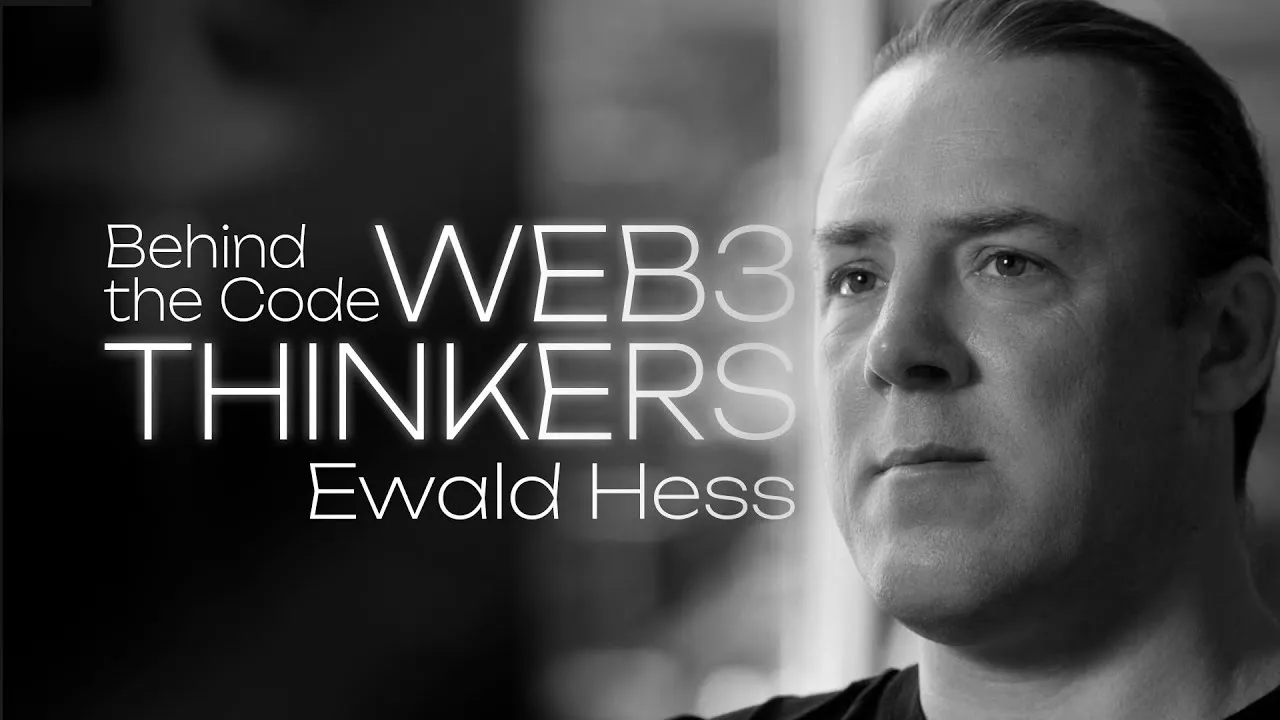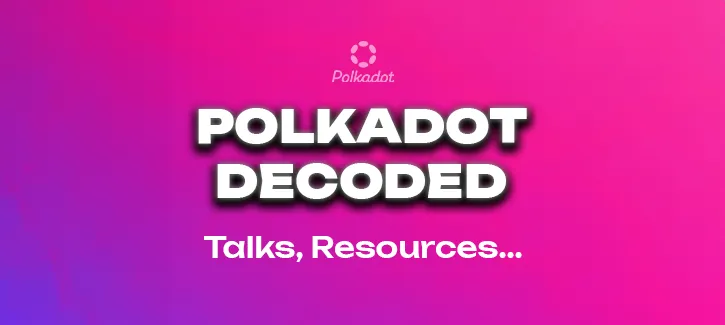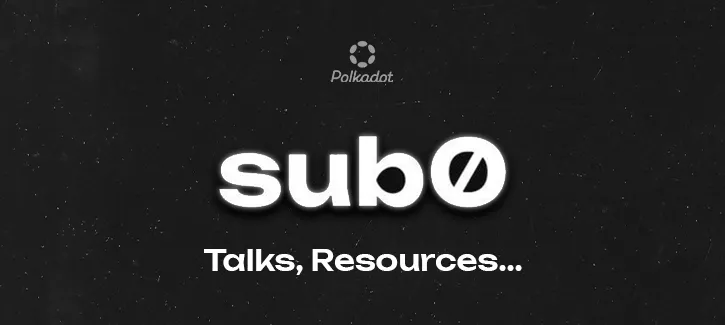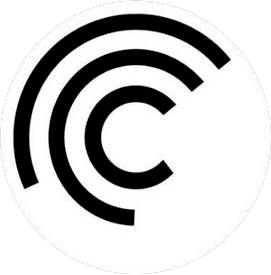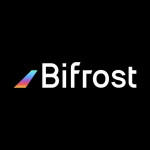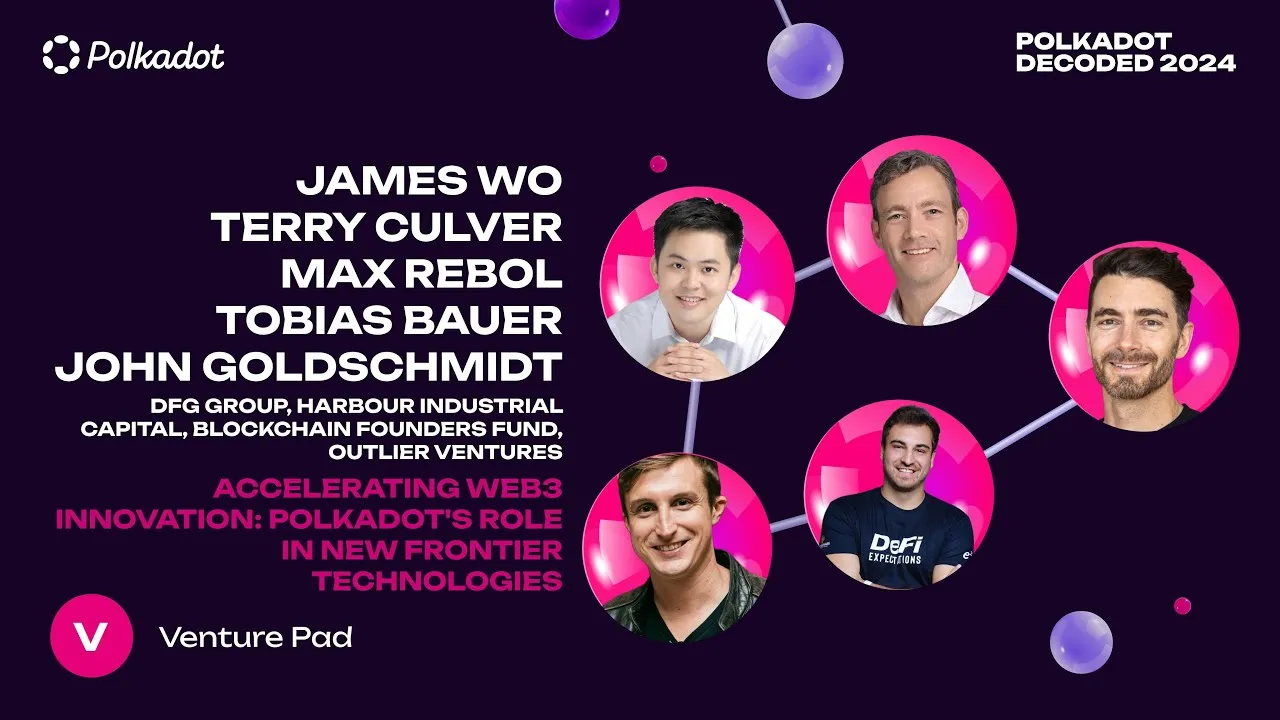

Mythos Chain
The Mythos Chain operates within the Mythos Ecosystem, a Web3 gaming ecosystem governed by the Mythos DAO.
Mythos Chain: A Deep Dive into its Migration to Polkadot
The Mythos Chain is making significant strides in the Web3 and blockchain technology space by migrating to the Polkadot ecosystem. This move is driven by Polkadot’s superior network security, scalability, and interoperability, positioning Mythos to enhance its decentralized autonomous organization (DAO) and Web3 gaming ecosystem. This article explores the intricacies of the Mythos Chain, its governance model, and the reasons behind its migration to Polkadot.
Understanding Mythos Chain
The Mythos Ecosystem and DAO
The Mythos Chain operates within the Mythos Ecosystem, a Web3 gaming ecosystem governed by the Mythos DAO. This decentralized governance structure aims to democratize the gaming industry, allowing players and creators to participate in the value chain. The DAO is powered by the Mythos token (MYTH), which facilitates governance and voting within the community.
Key Objectives
The primary objectives of the Mythos Ecosystem include:
- Supporting multi-chain ecosystems.
- Promoting unified marketplaces.
- Establishing decentralized financial systems.
- Implementing decentralized governance mechanisms.
- Fostering multi-token game economies.
Migration to Polkadot
The migration to Polkadot is a strategic move to leverage its robust infrastructure, enhancing the Mythos Chain’s scalability, security, and cross-chain compatibility. Polkadot’s unique architecture, which includes a relay chain and parachains, ensures high transaction throughput and secure data exchange across different blockchains.
Mythos Improvement Proposal (MIP)
The Mythos DAO uses a structured governance model outlined in the Mythos Improvement Proposal (MIP) process. This process ensures community-driven development and transparent decision-making.
MIP Process Overview
The MIP process consists of several phases:
- Submission: Community members submit proposals for new projects, features, or changes.
- Review: The proposal undergoes initial review and community discussion.
- Formalization: If the proposal gains support, it is formalized and detailed according to a specific template.
- Voting: The formalized MIP is put to a vote by MYTH token holders.
- Implementation: Accepted MIPs are implemented and monitored for effectiveness.
Governance Structure
The Mythos DAO’s governance structure includes:
- MYTH Token Holders: Community members who hold MYTH tokens and participate in governance.
- Industry Subcommittees: Groups of industry experts advising on key areas such as game development, Web3 infrastructure, and esports.
- Special Council: A five-member council overseeing the Foundation and MIP process, including representatives from Mythical Games, Animoca Brands, FaZe Clan, Hadean, and Third Kind Games.
Strategic Partnerships and Subcommittees
Strategic Partnerships
The Mythos Foundation has established strategic partnerships to enhance its ecosystem. Notable partnerships include:
- Animoca Brands: Collaborating on game integrations, node validation, and token swaps to promote the Mythos Ecosystem.
- PerBlue Entertainment: Providing development and consulting services for blockchain-based game integration.
- Creative Mobile: Developing blockchain-based racing games with MYTH-backed token economies.
Subcommittees
Three key subcommittees support the Mythos Ecosystem’s growth:
- Game Development & Publishers: Fostering innovation and development in game creation.
- Esports & Guilds: Enhancing esports participation in Web3.
- Web3 & Metaverse: Developing infrastructure for the metaverse and Web3 applications.
Migration to Polkadot: Reasons and Benefits
Network Security
Polkadot’s shared security model ensures that all parachains connected to its relay chain benefit from its robust security. This feature significantly enhances the Mythos Chain’s resilience against attacks and vulnerabilities.
Scalability
Polkadot’s scalable architecture allows for high transaction throughput, essential for the growing demands of the Mythos Ecosystem. Its ability to process multiple transactions simultaneously across different parachains ensures seamless and efficient operations.
Interoperability
One of Polkadot’s core strengths is its interoperability, enabling different blockchains to communicate and share data effortlessly. This capability is crucial for Mythos, which supports multi-chain ecosystems and unified marketplaces.
Future-Proofing
Polkadot’s continuous development and innovation ensure that the Mythos Chain remains future-proof. Polkadot’s ability to upgrade without hard forks allows Mythos to adapt to evolving technological advancements smoothly.
Conclusion
The Mythos Chain’s migration to Polkadot marks a significant milestone in its journey towards revolutionizing the Web3 gaming ecosystem. By leveraging Polkadot’s superior security, scalability, and interoperability, Mythos is poised to achieve its vision of democratizing the gaming industry and fostering a thriving play-and-own economy. The structured governance model and strategic partnerships further solidify Mythos’ position as a leader in the blockchain gaming space. As the Mythos Ecosystem continues to evolve, its collaboration with Polkadot will undoubtedly unlock new opportunities and drive innovation in the world of Web3 gaming.
- Related Token/s: MYTH


